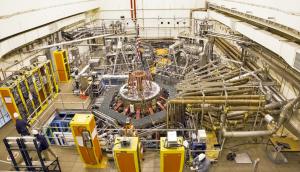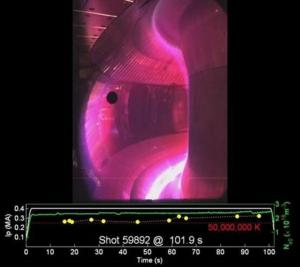What’s New
23 May 2016
ITER news digest for the period of 16 May 2016 to 23 May 2016.

Launch of newest US fusion experiment, NSTX-U

Princeton University produces a "distillate" on fusion

Vacuum piping contract signed




